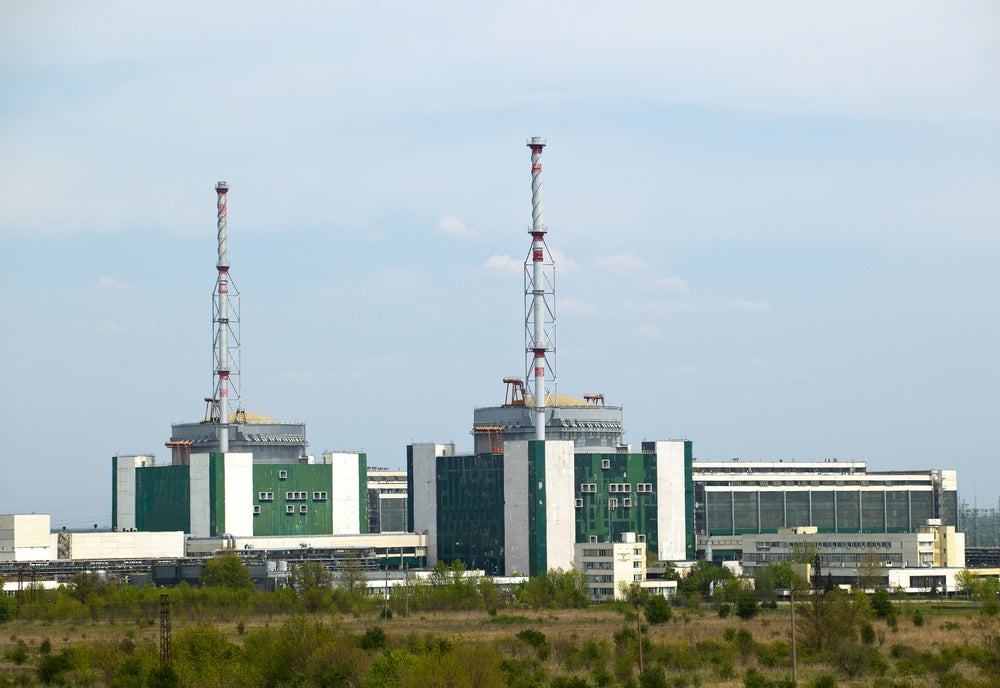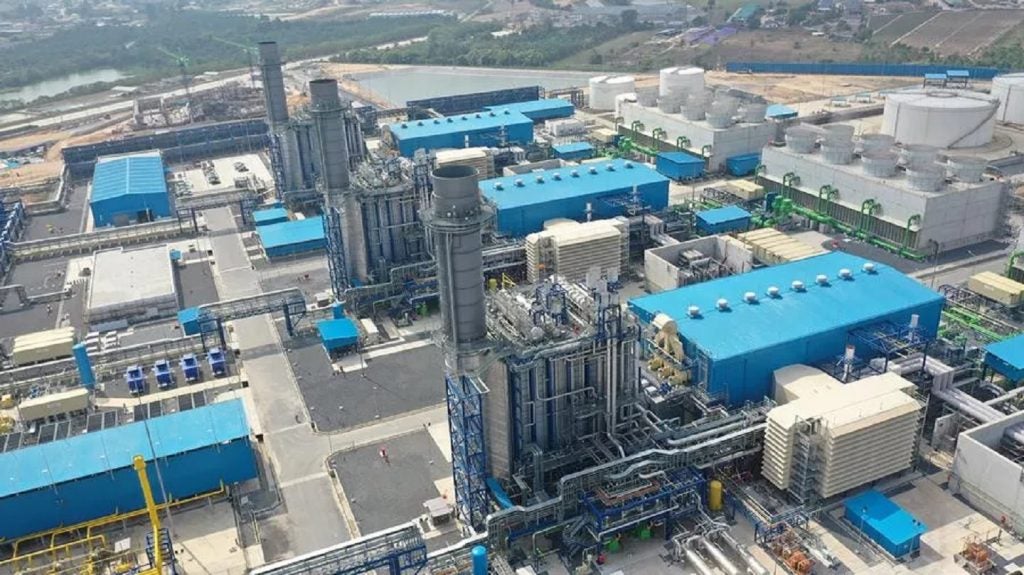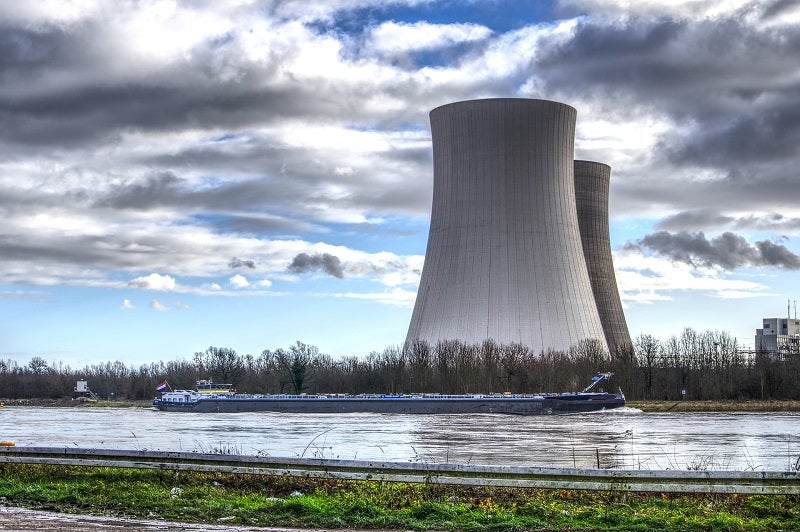Tingzikou is a 1,100MW hydro power project. It is located on Jialing river/basin in Sichuan, China. According to GlobalData, who tracks and profiles over 170,000 power plants worldwide, the project is currently active. It has been developed in a single phase. The project construction commenced in 2009 and subsequently entered into commercial operation in 2012. Buy the profile here.
Description
The project was developed by Jialing River Tingzikou Water Resources and Hydropower development. China Datang, Sichuan Provincial Investment Group, Sichuan Port and Channel Development, Sichuan Hydropower Investment / Management Group and Sichuan Cangxi Jialingjiang Hydropower Development are currently owning the project having ownership stake of 55%, 20%, 16%, 5% and 4% respectively.
Tingzikou is a reservoir based project. The hydro reservoir capacity is 4,067 million cubic meter. The gross head of the project is 116m. The project generated 3,200 GWh of electricity.
Development status
The project construction commenced in 2009 and subsequently entered into commercial operation in 2012.
Power purchase agreement
The power generated from the project is sold to State Grid Corporation of China under a power purchase agreement.
See Also:
Contractors involved
Voith Hydro Shanghai was selected as the turbine supplier for the hydro power project. The company provided 4 units of francis turbines, each with 275MW nameplate capacity.
Toshiba Hydro Power (Hanzhou) supplied electric generator(s) for the project.
For more details on Tingzikou, buy the profile here.
Premium Insights
From

The gold standard of business intelligence.
Blending expert knowledge with cutting-edge technology, GlobalData’s unrivalled proprietary data will enable you to decode what’s happening in your market. You can make better informed decisions and gain a future-proof advantage over your competitors.






